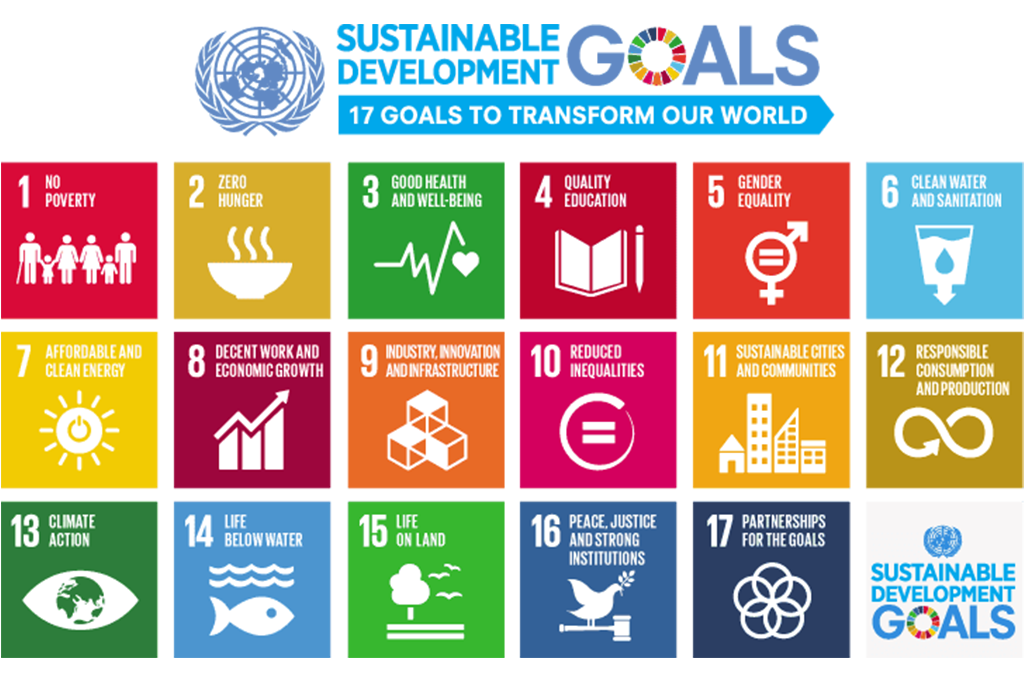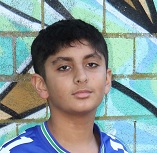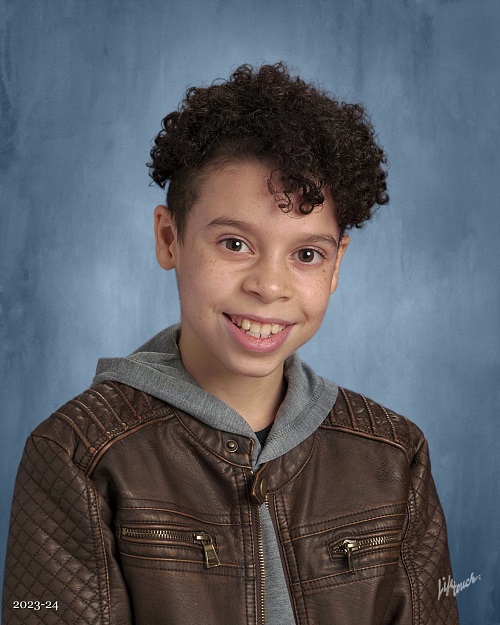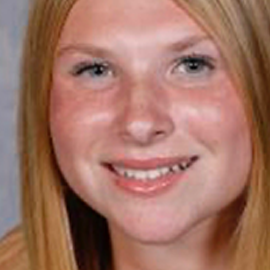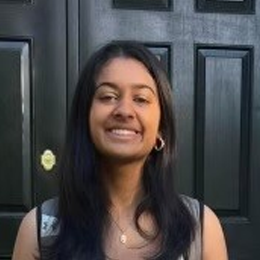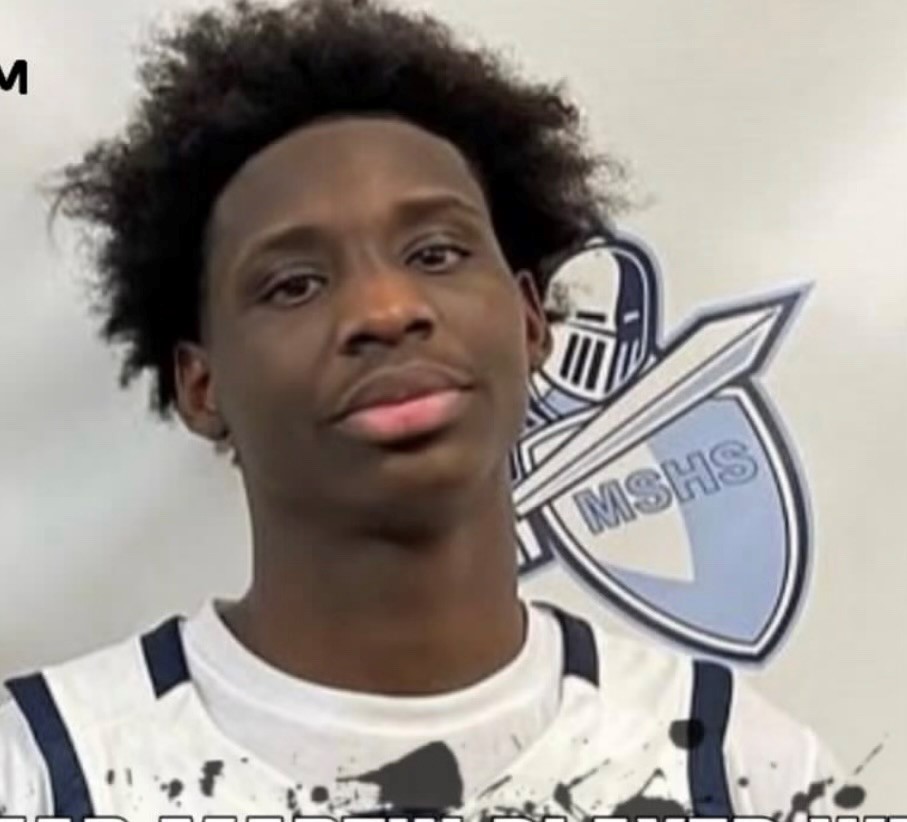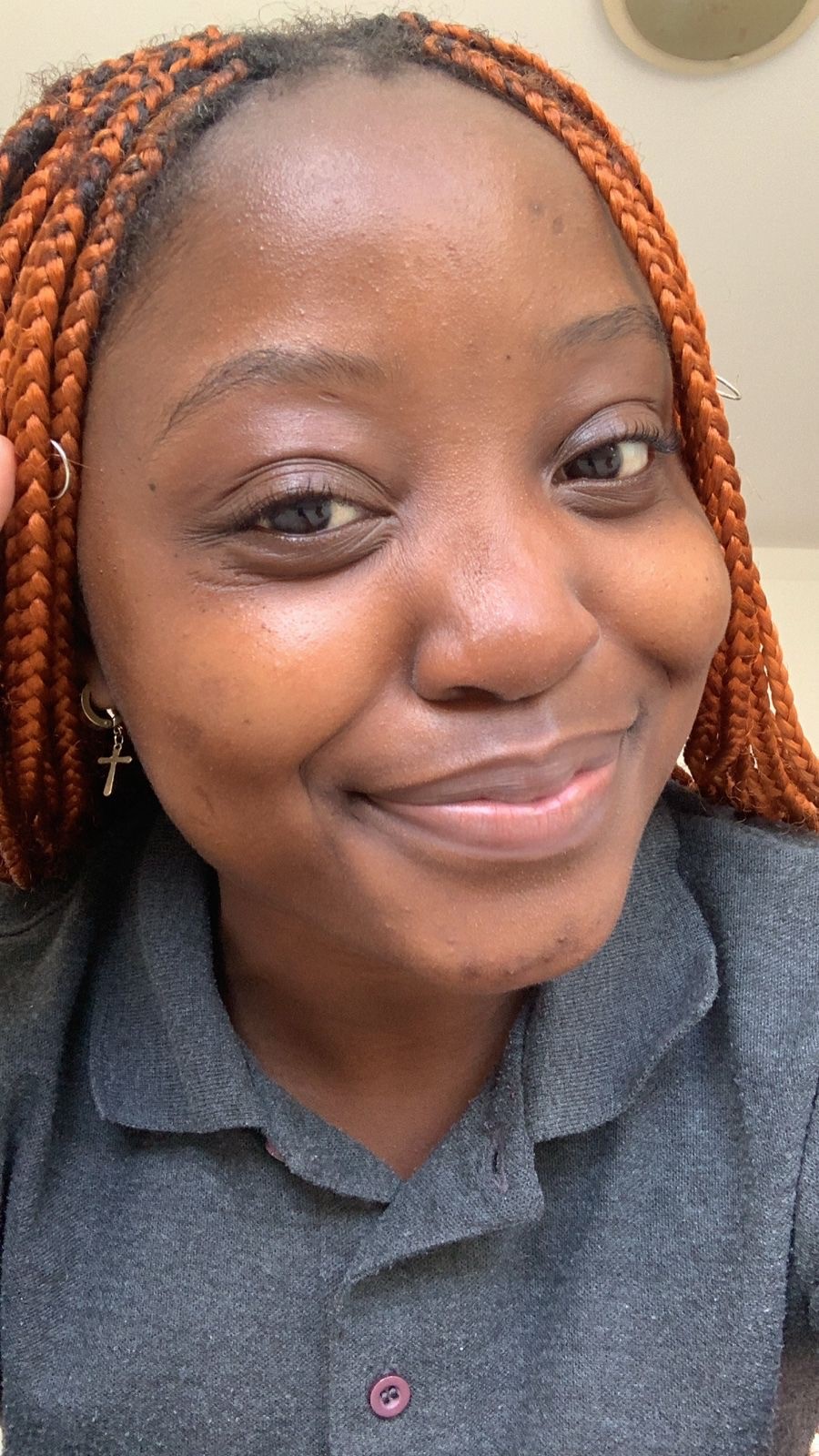Citation: J. Rodriguez, S. Conrad and O. Sanan, “Synchronized Swimming: Framing the Digital Twin for Urban Water Systems,” 2024 WaterSmart Innovations (AWWA), Las Vegas, NV
Research Project and Specific Role: My research for Colorado State University contributed to a U.S. Department of Energy (DOE)-funded project in collaboration with the National Renewable Energy Laboratory (NREL) and the Electric Power Research Institute (EPRI). This systems engineering research focused on the intersection of water and electric grid coordination, leveraging digital twins and large language models (LLMs) to improve urban water systems’ sustainability and resilience. Digital twins, virtual replicas of physical systems, were employed to monitor water usage, detect leaks, and optimize resources, while LLMs streamlined the coding of complex system documentation. This project helped us standardize the framework to define digital twins, providing clarity for their implementation across industries. The LLMs allowed us to efficiently parse papers, uncovering gaps, disagreements, and commonalities among digital twin implementations and case studies. Using thematic analysis, I helped classify digital twin archetypes and align them with operational needs for urban water management. Additionally, I collaborated on two published papers: one exploring the classifications and applications of digital twins in urban water systems and another demonstrating the use of LLMs for automating document analysis. These efforts aimed to increase AI adoption in industries such as manufacturing and water utilities, with the potential for significant cost savings.
How I Became Involved in This Research Project: My pathway to CSU stemmed from an introduction by NREL, where I explored AI-driven models for optimizing renewable energy integration in desalination systems. Recognizing the growing role of AI in system engineering, I engaged with Dr. Steven Conrad and Ph.D. researcher Josh Rodriguez at CSU, whose work on digital twins aligned closely with my interests. Their focus on flexible operations for urban water systems provided a natural extension of my expertise in AI and water desalination. I reached out with ideas on integrating large language models with digital twin frameworks, drawing on my experience operating SCADA systems at Millwood Water Treatment Plant, and insights from visiting over 20 desalination plants. My technical background, coupled with practical exposure to water systems, led to my invitation to join their DOE-funded research. This collaboration expanded my interdisciplinary understanding, from energy-water system coordination to applying AI-driven solutions like smart thermostats using Arduino, further pushing the boundaries of sustainable innovations.


